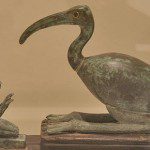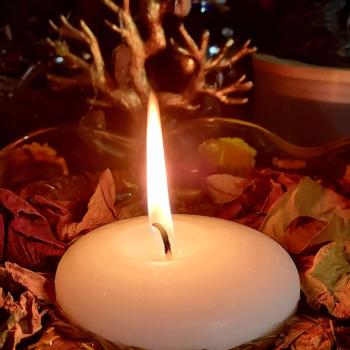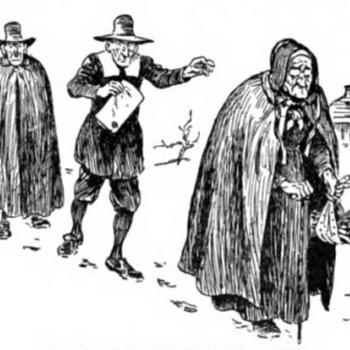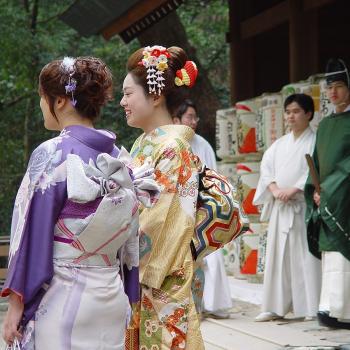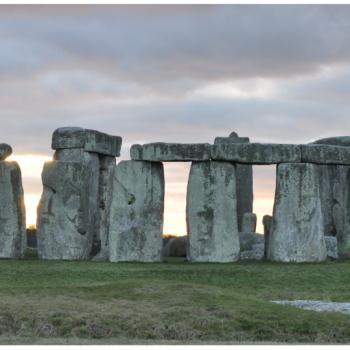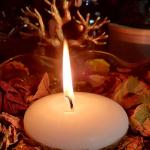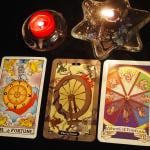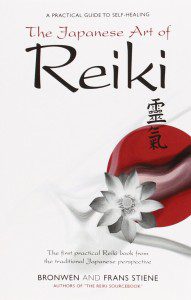 Bronwen and Frans Stiene, The Japanese Art of Reiki: A Practical Guide to Self-healing
Bronwen and Frans Stiene, The Japanese Art of Reiki: A Practical Guide to Self-healing
(O Books, 2005)
Reiki is something I’ve never investigated before. Growing up within the 90s New Age movement (my family’s business had strong links in New Age), I came to associate reiki with the kitschy end of the New Age spectrum, more or less divorced from its Japanese origins. But when I went to buy my tickets for Andrew Chesnut’s Santa Muerte talk (see above) at Treadwell’s bookshop the other day, I took the opportunity to have a browse and was impressed to find they have a dedicated Japan section. I found this book in that section and thought I’d give it a go.
Starting with zero knowledge of reiki, I found this book to be a good overview of the subject. Reiki is not a religion but it is a spiritual practise that draws inspiration from many different religions including Shinto. Founded by Buddhist Mikao Usui in the 1920s, it’s more or less a healing technique based on ki (known as qi in Chinese), the same energy behind Feng Shui, acupuncture and other East Asian folklore-based healing and lifestyle practises. Reiki is probably best known in the West for its emphasis on using touch to heal (the hands of a reiki practitioner are able to help the flow of ki), but I discovered in this book that there’s other aspects to reiki as well. I thought many of these resembled similar techniques in Yamakage Shinto, including the use of chants, breathing exercises, and posture in order to promote well-being.
While it was interesting and worthwhile to find out more about the history, philosophy and practice of reiki, ultimately I felt unconverted. This was partly due to personal taste (to me, reiki seems more focused on trying to heal “faults,” rather than reassuring people that they’re fine the way they are), and partly due to the books rather secretive tone when it comes to certain aspects of the practice. I suppose this is done to protect reiki’s “trade secrets” (Reiki teaching is a commercial industry that the authors probably don’t want to damage), which is fine but I couldn’t help but feel a little shut out.
If you think reiki might interest you as an added tool in your magical and spiritual arts, you may well find this book useful. I’m less than convinced, but I’m sure there are others out there who will think differently!
All product images from Amazon.

